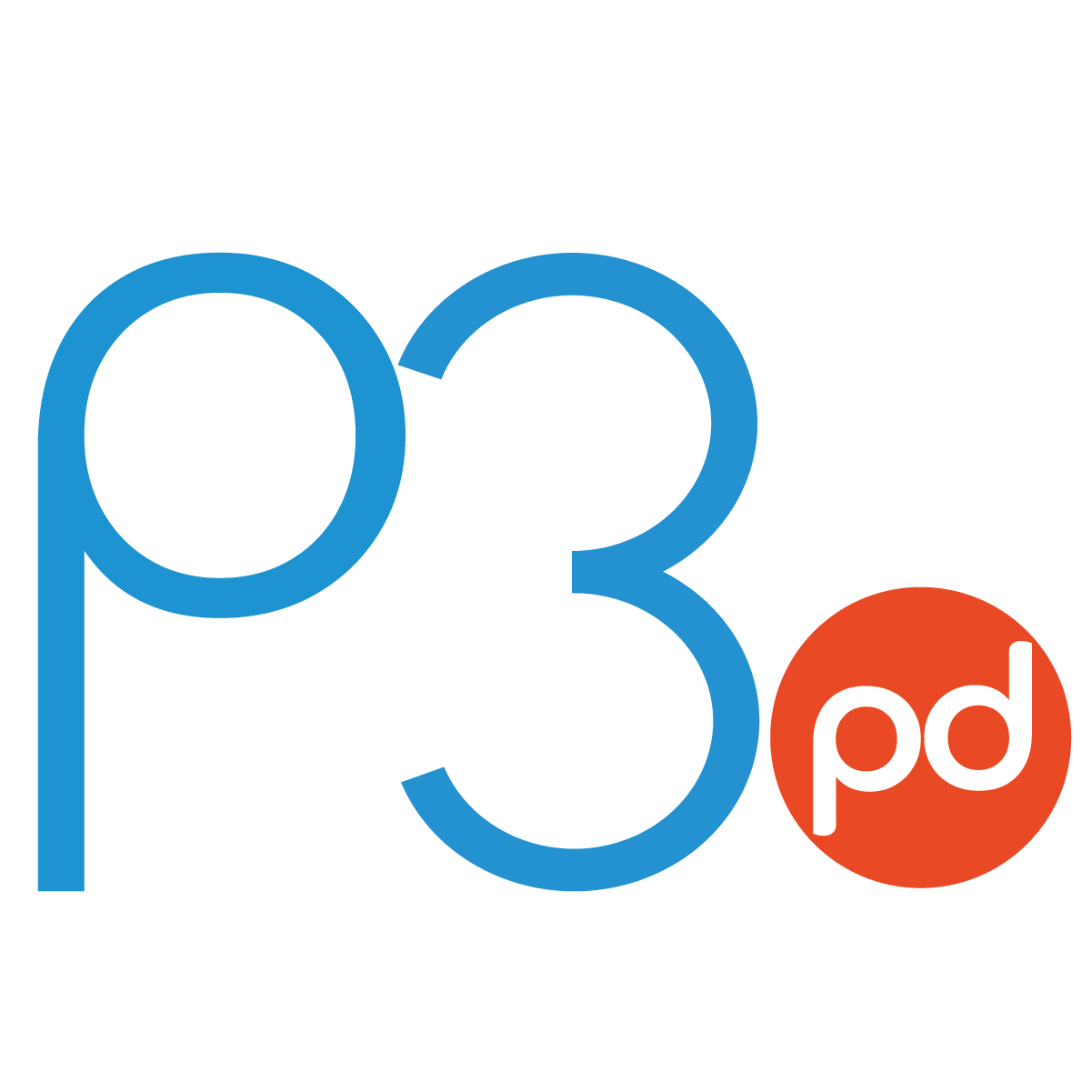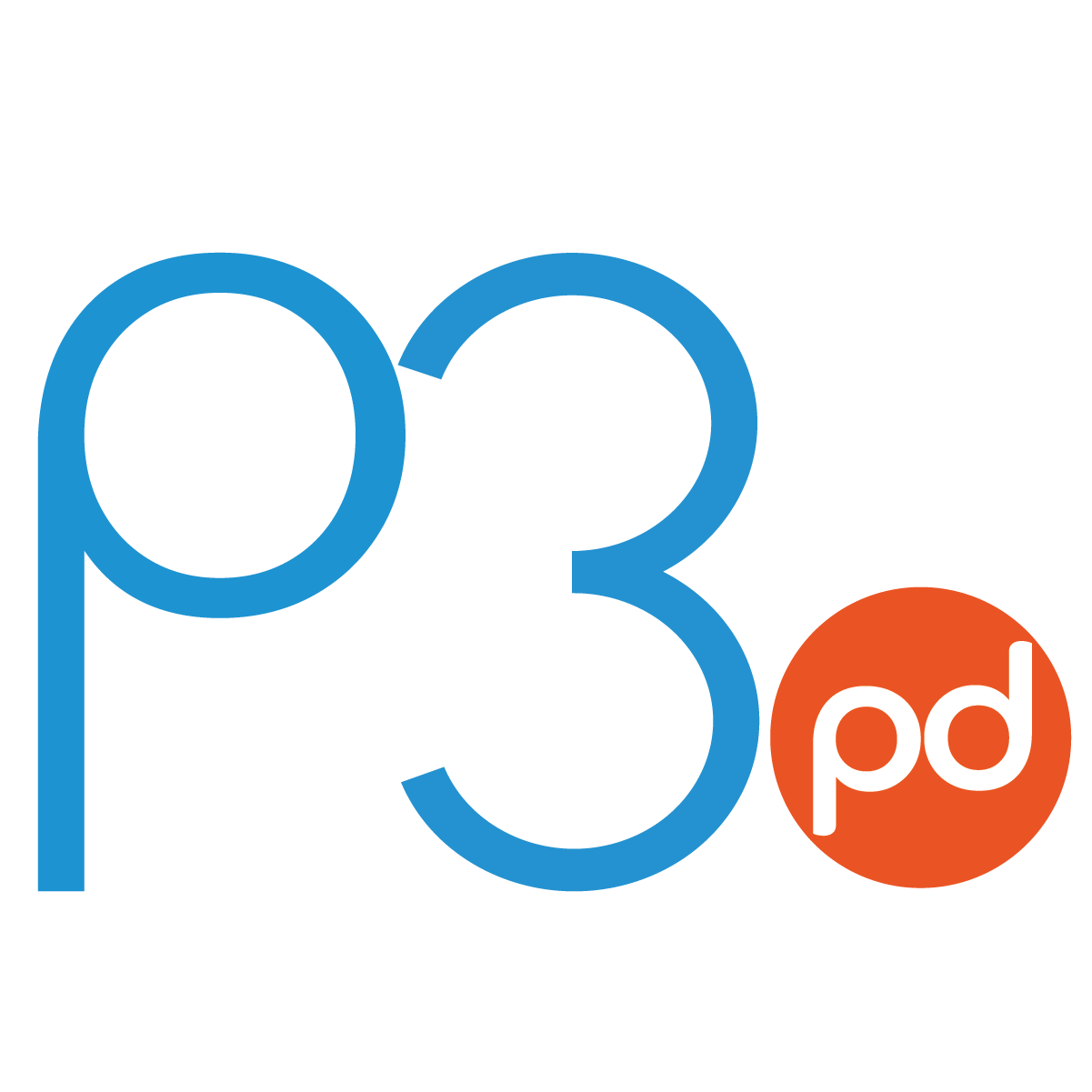Prototyping the Future: Tools and Equipment Shaping Biotechnology Innovation
Image: 3D printing of material from digital file
In the ever-evolving landscape of biotechnology, prototyping plays a pivotal role in bringing novel products from concept to reality. The process of prototyping involves creating tangible models or representations of biotechnological solutions to test, refine, and validate ideas. This article explores the diverse array of tools and equipment that drive the prototyping phase in biotechnology innovation, offering insights into the cutting-edge technologies shaping the future of this dynamic field.
3D Printing
Overview: 3D printing has revolutionized the way biotechnologists prototype their ideas. It allows for the rapid creation of three-dimensional models layer by layer, offering unprecedented precision and customization.
Applications: 3D printing is used to prototype components of biotechnological devices, such as microfluidic chips, scaffolds for tissue engineering, and even custom lab equipment.
Computer-Aided Design (CAD) Software
Overview: CAD software provides a digital platform for designing and modeling biotechnological products. It enables researchers to create detailed and accurate virtual prototypes before transitioning to physical models.
Applications: CAD software is employed in designing intricate structures, molecular models, and device components, providing a comprehensive visualization of the final product.
Microfabrication Tools
Overview: Microfabrication involves the creation of microscale structures and devices. Specialized tools, such as photolithography and soft lithography, are crucial for prototyping microfluidic devices and other miniature biotechnological components.
Applications: Microfabrication tools are instrumental in creating precise structures for lab-on-a-chip devices, biosensors, and other microscale biotechnological innovations.
Electronics Prototyping Kits
Overview: Electronics play a significant role in many biotechnological devices. Prototyping kits, such as Arduino and Raspberry Pi, provide a platform for integrating sensors, actuators, and control systems during the early stages of product development.
Applications: These kits are utilized for prototyping devices that involve electronic components, including biosensors, wearable health technologies, and diagnostic devices.
Biosensors and Analytical Instruments
Overview: Prototyping biosensors and analytical instruments often requires specialized equipment for detecting and measuring biological signals. Tools like spectrophotometers, chromatography systems, and mass spectrometers are essential.
Applications: Researchers use these tools to validate the performance of biosensors, diagnostic devices, and analytical instruments designed for specific biotechnological applications.
Cell Culture Equipment
Overview: Prototyping in tissue engineering and regenerative medicine involves working with cell culture systems. Bioreactors, incubators, and microfluidic platforms are essential tools for creating and testing biotechnological solutions involving living cells.
Applications: Cell culture equipment is used to prototype tissue-engineered constructs, organ-on-a-chip devices, and other regenerative medicine applications.
Lab Automation Systems
Overview: Lab automation systems streamline processes and enhance efficiency in biotechnological research and development. Robotic liquid handlers, automated pipetting systems, and high-throughput screening platforms aid in the prototyping phase.
Applications: These systems accelerate the testing and validation of prototypes by automating repetitive tasks, enabling researchers to focus on refining and improving their biotechnological innovations.
All together, the landscape of biotechnology prototyping is characterized by a diverse set of tools and equipment, each playing a crucial role in bringing novel ideas to life. From 3D printing and CAD software for physical modeling to microfabrication tools and lab automation systems for precision and efficiency, the arsenal of prototyping resources in biotechnology continues to expand. As researchers and innovators leverage these cutting-edge technologies, the pace of biotechnological advancement accelerates, ushering in a new era of transformative solutions with the potential to reshape healthcare, diagnostics, and the broader biotechnological landscape.
Interested in how Phase Three can help you with your project within product development? Reach out to our team by submitting a response to our contact form.


